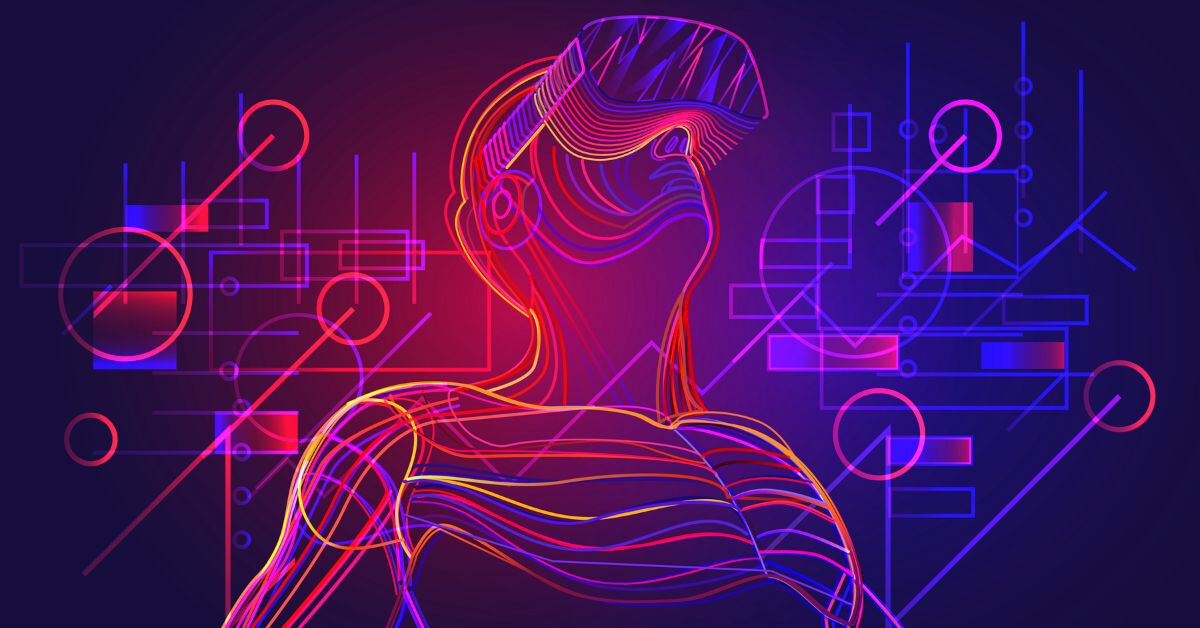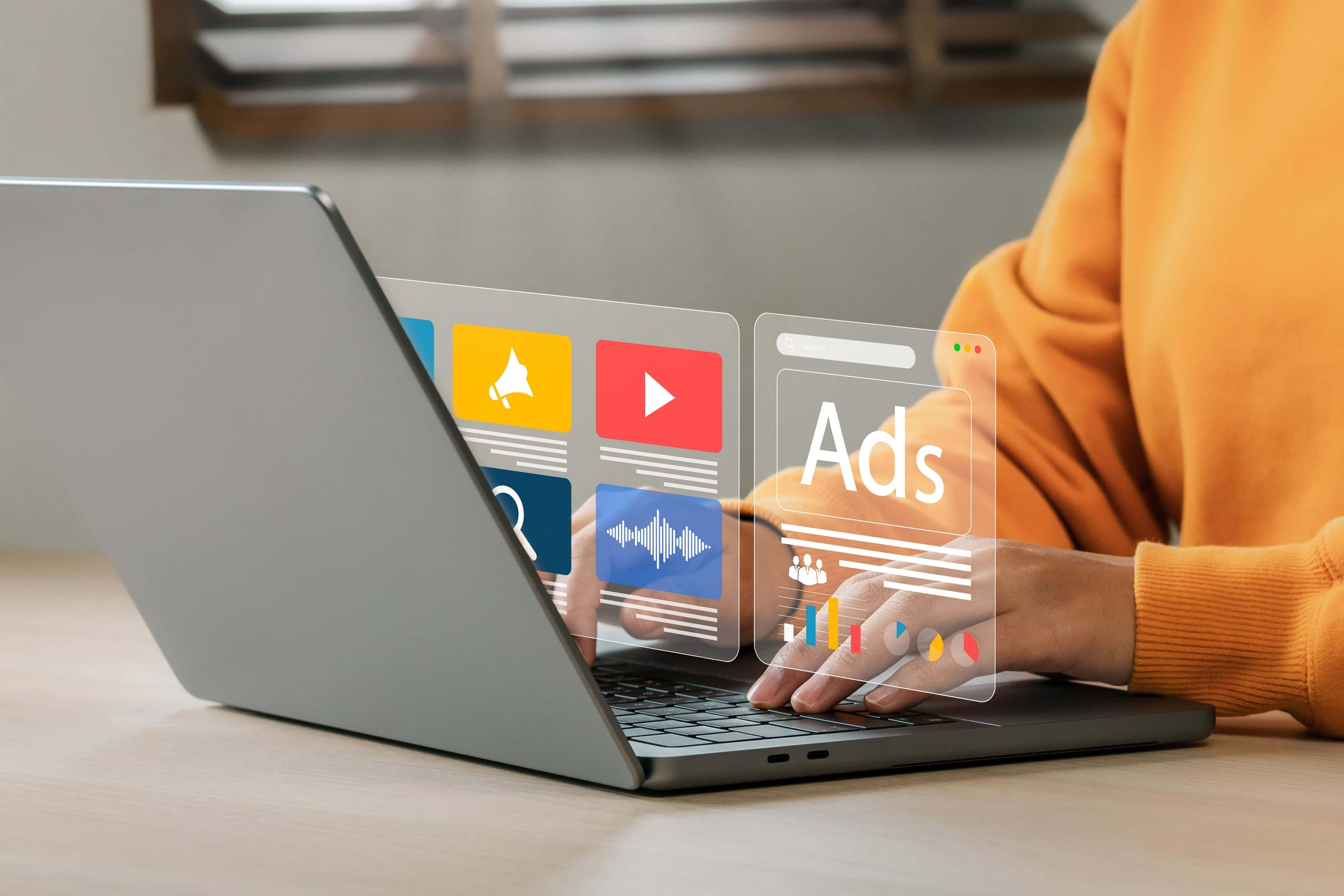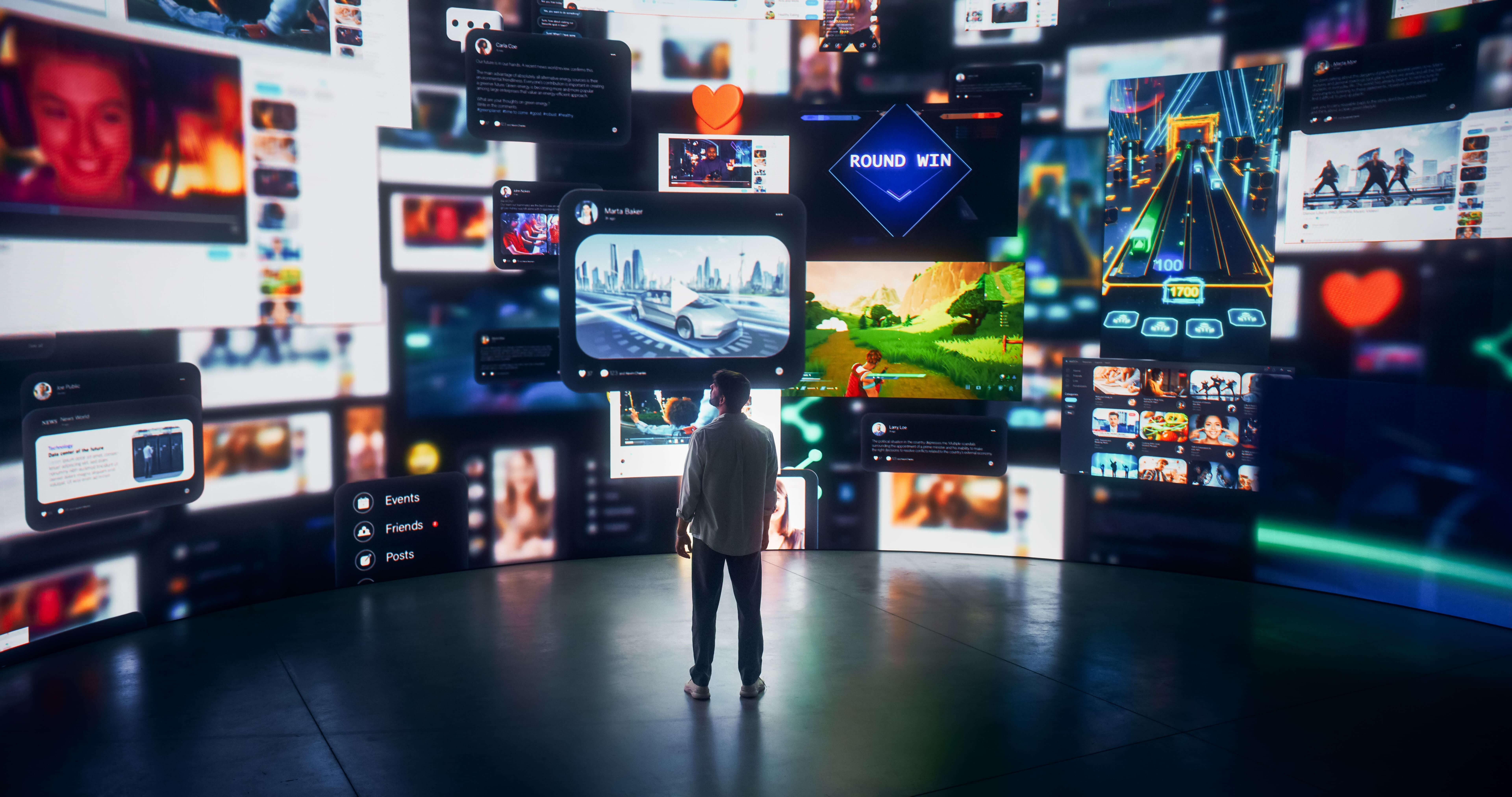Mixed reality (MR) experiences have gained immense popularity for their ability to seamlessly blend the physical and digital realms, offering users immersive interactions that defy traditional boundaries. From interactive storytelling to practical applications in various industries, mixed reality opens up a world of possibilities. Let's delve into some captivating examples of MR experiences that showcase the fusion of virtual and physical environments.
Interactive Storytelling:
One fascinating application of mixed reality is in interactive storytelling, where users become active participants in immersive narratives. MR experiences like "The Curious Tale of the Stolen Pets" allow players to explore enchanting worlds, solve puzzles, and interact with virtual characters overlaid onto their physical surroundings. This blending of real and virtual elements creates a captivating narrative experience that engages the senses and sparks the imagination.
Educational Adventures:
Mixed reality has transformed education by offering immersive learning experiences that bridge the gap between theory and practice. For example, platforms like "MEL Chemistry VR" enable students to conduct virtual chemistry experiments in a realistic laboratory environment. By interacting with digital elements overlaid onto their physical space, learners can explore scientific concepts in a hands-on manner, enhancing retention and understanding.
Spatial Design and Architecture:
Architects and designers leverage mixed reality to visualize and conceptualize their creations in a tangible way. MR tools such as "Morpholio Trace" allow professionals to overlay digital models onto physical spaces, enabling real-time collaboration and design validation. Users can walk through virtual buildings, manipulate design elements, and assess spatial relationships, enhancing the design process and fostering creativity.
Immersive Gaming:
Mixed reality has revolutionized the gaming industry by offering immersive experiences that blur the lines between the real and virtual worlds. Games like "Pokémon GO" utilize augmented reality to overlay virtual creatures onto the physical environment, turning the real world into a playground for exploration and discovery. Similarly, MR headsets like "Microsoft HoloLens" enable players to interact with holographic game elements seamlessly integrated into their surroundings, creating unforgettable gaming experiences.
Medical Training and Simulation:
In the field of healthcare, mixed reality has proven invaluable for medical training and simulation. Platforms like "HoloAnatomy" provide medical students with immersive experiences where they can explore anatomical structures in three dimensions. Surgeons can also utilize MR to practice procedures in realistic simulations, improving skills and reducing risks before performing surgeries on actual patients. By blending virtual and physical elements, mixed reality enhances medical education and training in unprecedented ways.
Conclusion:
Mixed reality experiences represent a fusion of the physical and digital worlds, offering users immersive interactions that transcend traditional boundaries. From interactive storytelling and educational adventures to spatial design and medical training, MR opens up a world of possibilities across various industries. As technology continues to advance, the potential for innovative mixed reality experiences is limitless, ushering in a new era of interconnected realities that redefine how we interact with the world around us.




